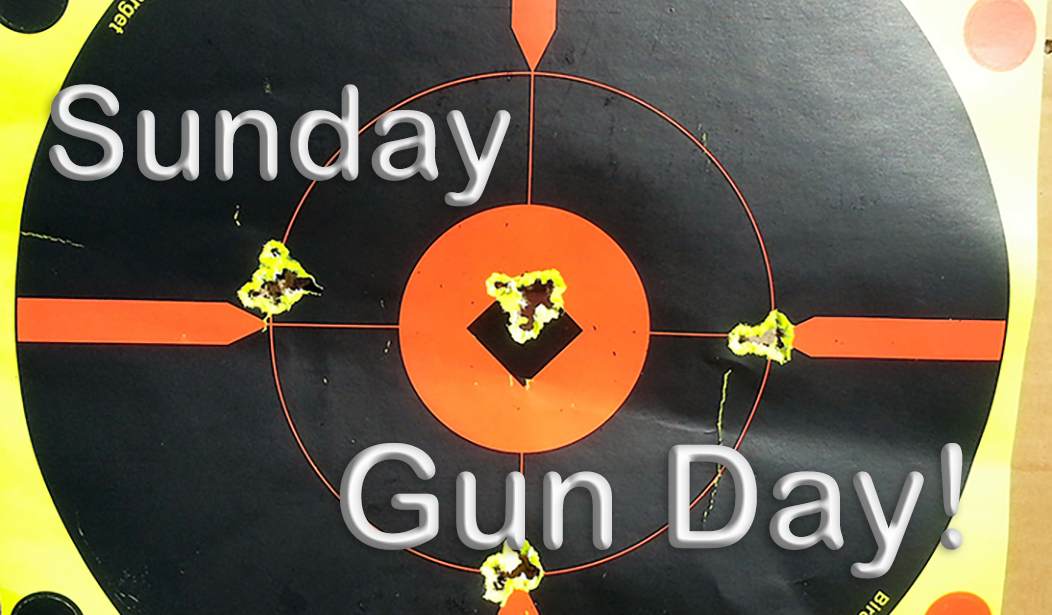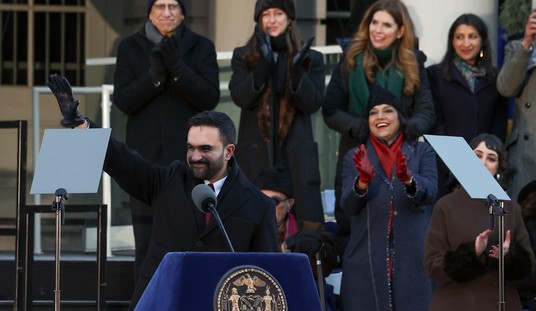There Was This One Time…
I was probably about 9 or 10 years old, hanging out at a buddy’s house, when I noticed an odd-looking old rifle hanging up on the wall over a black bear pelt. At the time, I remembered thinking it to be a bit funny-looking; a big, thick shroud over the barrel, a blued steel receiver oddly reminiscent of the Auto-5 Browning, but with a box magazine in front of the trigger guard.
“What’s that gun?” I asked my buddy.
“My Dad calls it the ‘Piano Leg,’” my buddy replied. “That’s what he uses for deer hunting up in Minnesota.”
Later, I was to learn that the piece was in fact a Remington Model 8, chambered (if memory serves) in the .35 Remington. Another product of the brilliant mind of the Maestro, John Moses Browning, the Model 8 was Remington’s first semi-auto centerfire sporting rifle. It was also introduced in the same year as the Winchester Model ’05, making them the first American-made, semi-automatic rifles ever made for sale. Yes, that’s right; semi-auto rifle technology is now over 125 years old.
While strange by today’s standards, the Model 8 worked.
It’s a neat old gun and worth some consideration.
The Design
In 1900, John Browning received patent US659786A, for a long-recoil semi-automatic rifle. He sold the patent to Remington Arms Company for manufacture and sale in the United States, while in Europe, the rifle was made in the Fabrique Nationale works in Belgium as the FN-Browning 1900. The gun went into production in 1905 as the “Remington Autoloading Rifle,” which was changed to “Model 8” in 1911.
The long-recoil action is an interesting Browning thing, similar to that used in the Auto-5 shotgun. However, the Model 8, unlike the Auto-5, used a rotating bolt head. When the rifle was fired, the barrel and bolt stayed locked together in recoil, moving backwards inside the receiver. Two recoil springs were compressed by the recoiling bolt and barrel. At full recoil, bolt and barrel separated, with the bolt staying in place while the barrel moved forward, driven by the first recoil spring, extracting the spent casing and ejecting it. When the barrel was fully forward, the bolt released, moving forward, driven by the second recoil spring to strip a new cartridge out of the magazine and chamber it. Part of what gives this piece its oddly thick appearance is the barrel shroud that covers most of the length of the barrel; the barrel, in recoil, moves inside this shroud.
The Model 8 had a hold-open device that held the bolt back when the magazine was empty, allowing for reload either with individual rounds or using stripper clips.The Gun
For reasons we can only speculate at, FN didn’t have much success marketing the piece in Western Europe and Canada, with only 4,913 copies made and sold. In the United States, the Remington Model 8 saw greater success, with over 80,000 sold. Chamberings available included (at the start) four proprietary Remington cartridges, the .25 Remington, the .30 Remington, the .32 Remington, and the .35 Remington. The first three were more or less rimless versions of the .25-35 Winchester, the .30 WCF (.30-30), and the .32 Winchester Special. The .35 Remington was its own design, and ended up being a commercial success in its own right, available in a wide variety of rifles.
In 1936, Remington took another look at the old “piano leg.” Remington engineer C.C. Loomis made some improvements to the basic action, and in so doing accomplished what very few have ever done–namely, finding a design of John Browning’s that could be improved. Remington added the new, powerful .300 Savage round to the chambering and released the new gun as the Model 81 Woodsmaster, which was made from 1936 until 1950. All told, a tad more than 55,500 Model 81s were built and sold.
The Model 81 was also offered in five grades of polish and woodwork: The 81A Standard, the 81B Special, the 81C Peerless, the 81E Expert, and the 81F Premier.
Then There Was This Frank Hamer Guy…
Texas Ranger Frank Hamer, who, along with his partner Maney Gault, hunted down and un-alived Clyde Barrow and Bonnie Parker, was known to favor the Model 8. He owned a custom Model 8 chambered in the .35 Remington, reported to be serial number 10045. He purchased the rifle from Petmeckey’s Sporting Goods in Austin, Texas, and had it fitted with a 15-round magazine, tripling its capacity. He later traded that 15-round magazine for a “police only” 20-round version. It is reported that this is the piece Hamer was armed with when he, Maney Gault, and several others shot Bonnie and Clyde in Louisiana.
It's not known if Petmeckey’s was the model for the famous gun shop scene in the movie “The Highwaymen.” That is, as I’ve said before, a gun shop I’d dearly love to visit.
Read More: Sunday Gun Day Vol. II Ep. LI - Fun Stuff in Old Gun Shops
Hamer was an interesting character, one of the last of the old-time gunfighters, a man with iron nerve. He probably rates a story all of his own in a future installment.
These Days
Like most John Browning designs, the Model 8/81 has stood the test of time, and any deer hit with one of these today will go in the freezer just as readily as one hit in 1900 – or 1950. (Yes, I know, freezers weren’t much in evidence in 1900, but you get the point.)
Read More: Sunday Gun Day Vol. II Ep. XXV - How One Mormon Gunsmith Changed the World
Both the Model 8 and the Model 81 are well-represented in used-gun sales, both in shops and online. There were enough of them built that they are still much in evidence today, although copies in the original .25, .30, and.32 Remington rounds would be difficult to find ammo for if one isn’t rolling their own.
In fact, that’s got me wondering why I don’t have one of these in my safe right now. A .35 Remington Model 8 or a .300 Savage Model 81 would handle a moose well enough at reasonable ranges, after all.














